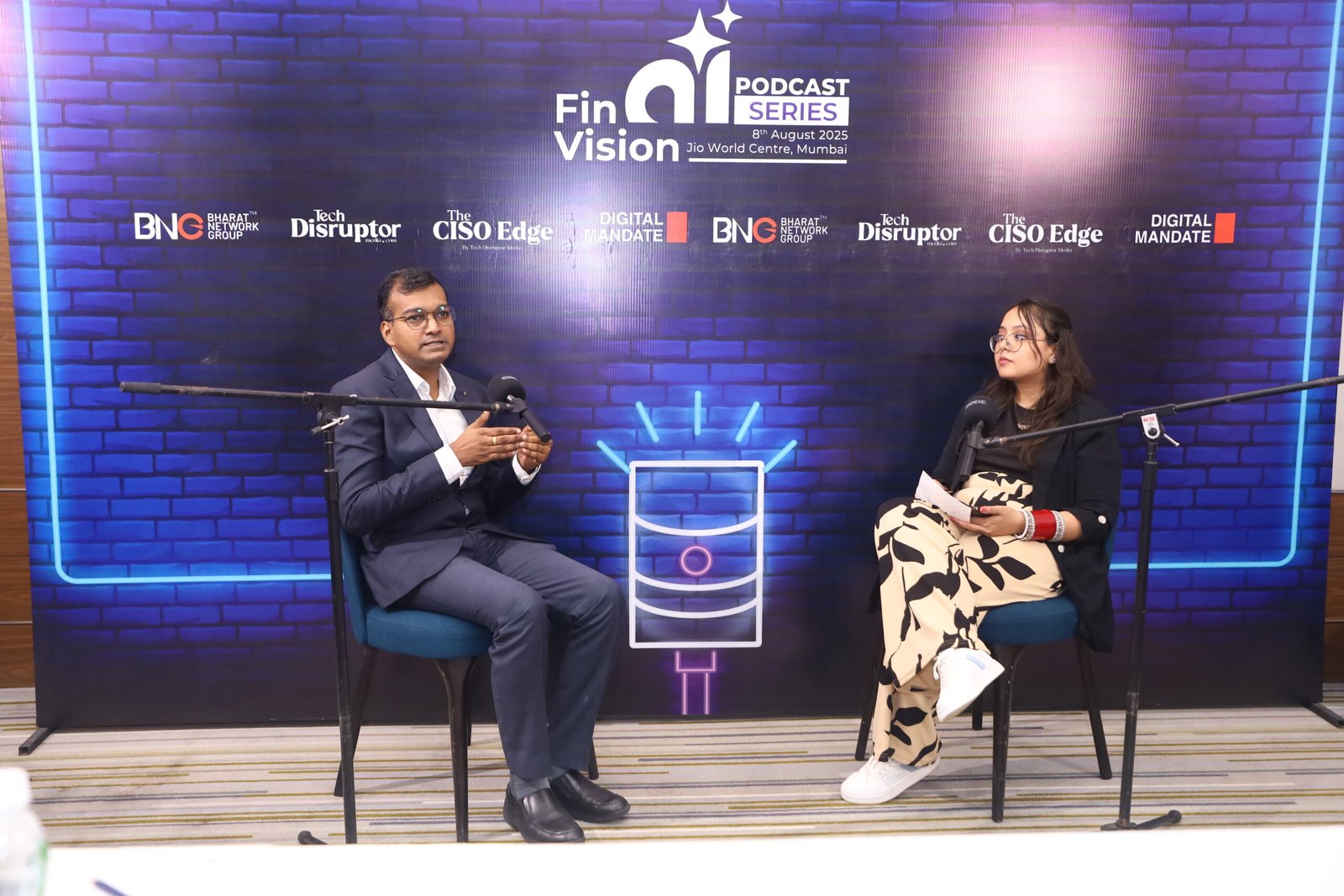India has taken a significant step forward in its semiconductor ambitions with the launch of two new chip design centres focused on advanced 3-nanometre (nm) technology. Unveiled recently by Union Minister Ashwini Vaishnaw in Noida and Bengaluru, and run by Renesas Electronics India, the centres are being positioned as strategic anchors in India’s broader attempt to play a more central role in the global semiconductor value chain.
The move is notable not just for its technical scope, the 3nm chips are among the most advanced currently in development, but also for what it signals: India is no longer content to occupy the lower rungs of the semiconductor stack, such as outsourced design or assembly. It is now looking to move upstream, where the stakes, and rewards, are significantly higher.
3nm design is complex. It requires deep expertise in chip architecture, IP integration, and system verification, with global leaders like TSMC and Samsung having only recently ramped up commercial-scale production. While India is still far from fabricating chips at this node, entering the design phase is a material development. It suggests the country is slowly building the capabilities that could one day support more comprehensive semiconductor production, including fabrication and advanced packaging.
For Renesas, the move consolidates its growing presence in India. The Japanese firm, a well-established player in embedded systems and automotive microcontrollers, is expanding its design footprint in India to include not only Bengaluru and Noida, but also Hyderabad. These centres will support work across its portfolio, including automotive, industrial, and IoT markets, while tapping into India’s sizeable engineering talent pool.
The timing is strategic. India’s electronics demand is growing rapidly, driven by increased domestic production of smartphones, EVs, consumer electronics, and defence systems. But its dependency on imported semiconductors remains high. The government has therefore laid out an ambitious semiconductor roadmap, offering incentives under programmes like the Design Linked Incentive (DLI) scheme and the Chips to Startup (C2S) initiative. While much of the global supply chain, from equipment to fabrication—still lies outside India’s control, the government’s bet is that building design capabilities will offer a toehold.
The education component is central to this strategy. Alongside the design centres, Vaishnaw announced the rollout of semiconductor learning kits to over 270 institutions that have already been given access to Electronic Design Automation (EDA) tools. These kits are intended to close the gap between theoretical training and industry needs, something many Indian engineering programmes have struggled with. Whether they succeed in delivering truly industry-ready talent remains to be seen, but the push for hardware skills is a welcome shift from India’s traditional software-centric education pipeline.
That said, the 3nm milestone should be viewed in context. India still lacks commercial-scale semiconductor fabs, and domestic manufacturing capacity remains limited to packaging and assembly. While chip design is a critical part of the value chain, it captures only a fraction of the overall economic value. Without corresponding investments in fabrication and materials infrastructure, India risks remaining on the periphery of the industry.
There’s also the issue of global competition. Countries such as the US, China, South Korea, and members of the EU have been aggressively pursuing their own chip sovereignty strategies, often backed by massive subsidies and industrial policy. India is late to the game, and it remains unclear if its current efforts can scale fast enough to compete meaningfully.
Still, the entry into 3nm design is a marker of technical seriousness. If sustained and scaled, it could position India as a credible design hub in an industry that is increasingly looking to diversify away from East Asia. It’s a long road from design centre to semiconductor self-sufficiency, but this is a necessary start.
–Image by PIB




